Brazil's Crypto Regulations & Consumer Protection Laws Explained
Brazil Crypto Compliance Checker
Check off the key requirements for operating a crypto business in Brazil:
Essential steps for entering the Brazilian crypto market:
Key Dates:
- Law No 14.478/2022 passed: Dec 2022
- Effective date: Jun 2023
- Stablecoin rules expected: Early 2026
- Foreign-exchange rules effective: Sep 2025
Main Regulators:
- Central Bank of Brazil (BCB)
- Securities and Exchange Commission (CVM)
- Financial Activities Control Council (COAF)
Market Focus:
Stablecoins dominate ~90% of transaction volume.
Your compliance status will appear here after checking.
Key Takeaways
- Brazil treats crypto assets as legal digital assets under Law No14.478/2022 (BVAL).
- The Central Bank of Brazil (BCB the primary regulator for virtual assets) authorises all Virtual Asset Service Providers (VASPs).
- Strict AML/KYC, reporting to COAF, and a regulatory sandbox protect consumers.
- Stablecoins dominate transaction volume, prompting dedicated oversight in 2025.
- New foreign‑exchange rules could reshape how crypto exchanges operate in the country.
Brazil’s Crypto Legal Landscape
In December2022 Brazil passed Law No14.478/2022 known as the Brazilian Virtual Assets Law (BVAL). The law officially recognised virtual assets as digital assets-not legal tender-but placed them squarely under regulatory oversight. Effective from June2023, BVAL created a clear legal definition for crypto‑related activities and mandated that every service provider obtain a licence from the Brazil crypto regulations authority.
Main Regulatory Bodies and Their Roles
Brazil introduced a multi‑layered supervisory model:
- Central Bank of Brazil the lead regulator for virtual assets, issuing authorisations and overseeing systemic risk (referred to as BCB).
- Securities and Exchange Commission (CVM) regulates crypto assets that qualify as securities and sets tokenisation rules.
- Financial Activities Control Council (COAF) Brazil’s financial intelligence unit, handling AML and suspicious‑activity reporting.
These agencies coordinate through Decree No11563/2023, ensuring a unified approach that mirrors the European model of shared oversight.
What VASPs Must Do to Operate Legally
Virtual Asset Service Providers (VASPs) are the front‑line businesses that let users buy, sell, or store crypto. To stay compliant, VASPs must:
- Register with the BCB and receive a formal authorisation.
- Implement robust AML/KYC programmes-collecting ID documents, checking against sanctions lists, and monitoring transaction patterns.
- Report any suspicious activity to COAF within the legally prescribed timeframes.
- Adopt the technical standards published by the BCB for data sharing and audit trails.
- Participate in the Regulatory Sandbox a controlled environment for testing innovative crypto services under BCB supervision, if they wish to launch new products.
Failure to meet these obligations can result in fines up to 20% of annual revenue, licence suspension, or criminal investigation.

Stablecoins: The Heartbeat of Brazil’s Crypto Market
According to Central Bank data, stablecoins now account for roughly 90% of crypto transaction volume in Brazil. Because they are pegged to the real (BRL), regulators treat them as quasi‑payment instruments. In 2025 the BCB announced a dedicated set of rules for stablecoin issuers, covering:
- Reserve‑backing requirements (minimum 100% coverage of issued tokens).
- Real‑time reporting of issuance and redemption to COAF.
- Consumer‑disclosure standards-clear fee schedules, redemption rights, and dispute‑resolution channels.
These rules aim to curb systemic risk while fostering confidence among merchants and consumers.
Consumer Protection-Beyond Licensing
Brazil does not yet have a stand‑alone crypto consumer‑protection act. Instead, protection is built into the licensing regime:
- Only authorised VASPs can offer services, meaning consumers interact with vetted firms.
- AML/KYC logs create a paper trail that assists in fraud investigations and restitution claims.
- The sandbox allows new products to be stress‑tested before reaching the broader market, reducing exposure to unproven technology.
In practice, if a user falls victim to a scam on an unauthorised platform, the authorities can trace the transaction through COAF reports and pursue legal action. Meanwhile, authorised exchanges are required to maintain insurance or reserve funds to compensate for operational failures.
Recent Developments and the Road Ahead
Two major updates are reshaping the space in late2025:
- Foreign‑exchange regulations (Sept242025): Though framed as forex rules, they impose a $10,000 transaction cap and demand licensing for any platform moving crypto across borders. This could force exchanges to partner with licensed forex providers or limit international withdrawals.
- Drex platform pilot: Launched by the BCB as a distributed‑ledger system for tokenised bank deposits and loans. While not a CBDC, Drex showcases how tokenisation can integrate with traditional banking, and its success may prompt broader tokenised‑asset regulations.
Looking forward to 2026, the BCB’s regulatory agenda includes finalising the stablecoin rulebook and publishing the full set of VASP operational guidelines expected by early 2026.
Regulatory Snapshots: Brazil vs. UnitedStates
| Aspect | Brazil | UnitedStates |
|---|---|---|
| Legal Status | Legal digital asset, regulated under BVAL | Legal, but fragmented across SEC, CFTC, FinCEN |
| Primary Regulator | Central Bank of Brazil (BCB) | SEC (securities), CFTC (commodities), FinCEN (AML) |
| VASPs License | Mandatory authorisation by BCB | No single licensing regime; state‑by‑state MSB registration |
| Stablecoin Oversight | Dedicated 2025 rulebook, reserve‑backing required | SEC scrutiny, but no explicit stablecoin law yet |
| Consumer Protection | Built into licensing & sandbox; mandatory reporting | Limited; relies on existing consumer‑protection statutes |
Practical Checklist for Crypto Businesses Entering Brazil
- Secure a BCB authorisation before offering any service to Brazilian residents.
- Implement AML/KYC systems that meet COAF guidelines (e.g., real‑time sanctions screening).
- Design stablecoin products to meet the upcoming reserve‑backing rules.
- Prepare for the $10,000 foreign‑exchange cap-consider partnership models with licensed forex firms.
- Monitor public consultations (CVM tokenisation framework, BCB stablecoin rules) to stay ahead of regulatory changes.

Frequently Asked Questions
Is cryptocurrency legal in Brazil?
Yes. Under Law No14.478/2022, virtual assets are recognised as legal digital assets and can be offered by authorised VASPs.
Do I need a licence to run a crypto exchange in Brazil?
Absolutely. The Central Bank of Brazil must grant a licence before any exchange can serve Brazilian users.
What are the main consumer‑protection safeguards?
Protection comes from the licensing regime, mandatory AML/KYC logs, and the sandbox‑tested rollout of new services, all of which give regulators tools to intervene if users are harmed.
How will the new foreign‑exchange rules affect crypto traders?
Any crypto transaction that involves converting to a non‑BRL currency will need to go through a licensed forex entry point, and each transaction will be capped at $10,000. Traders may need to split larger moves across multiple transactions or use local fiat pairs.
When are the final stablecoin regulations expected?
The BCB aims to publish the complete stablecoin rulebook by early 2026, following the public consultation that closes in November2025.
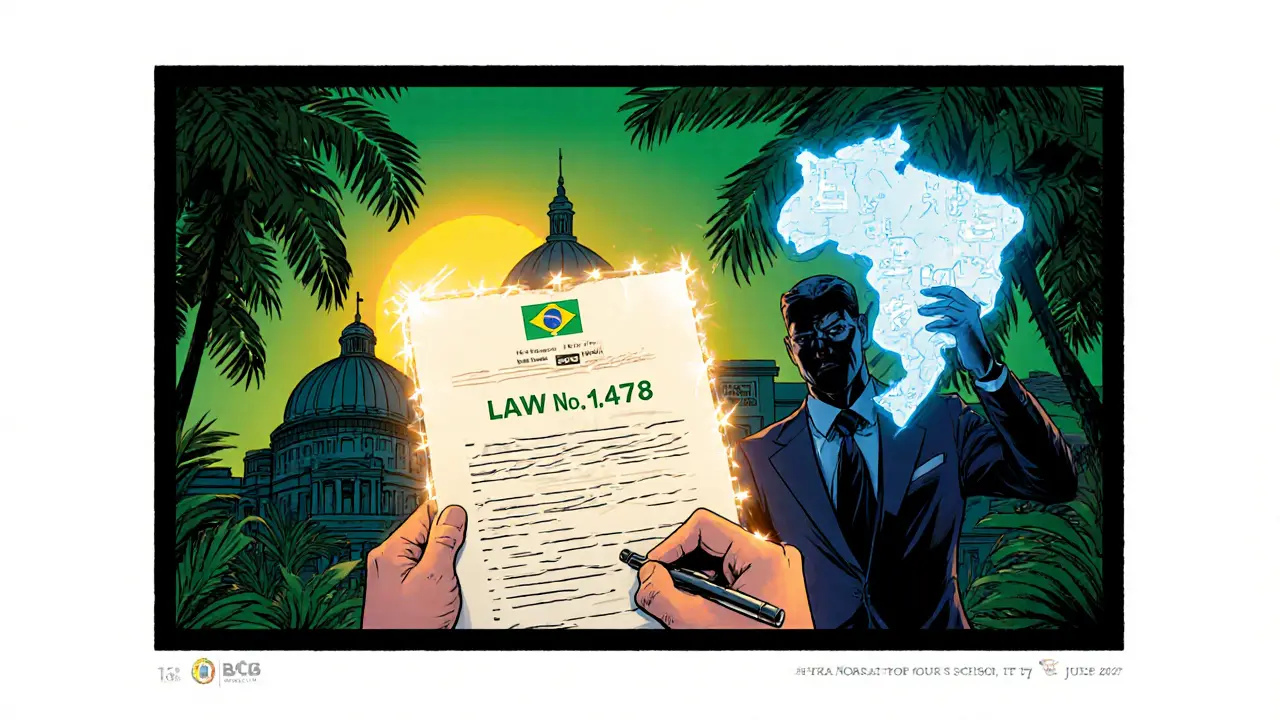
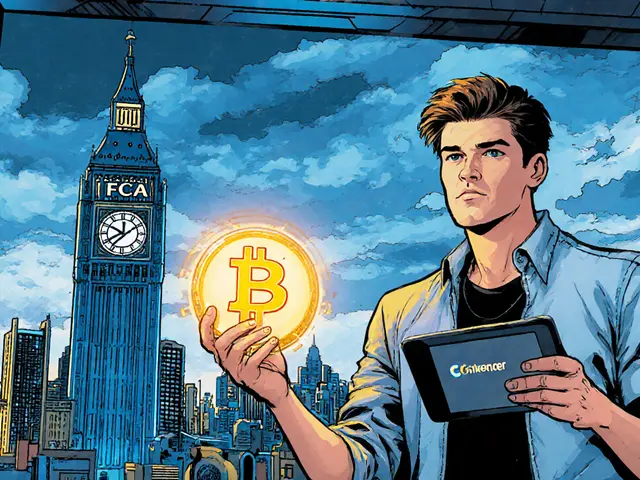
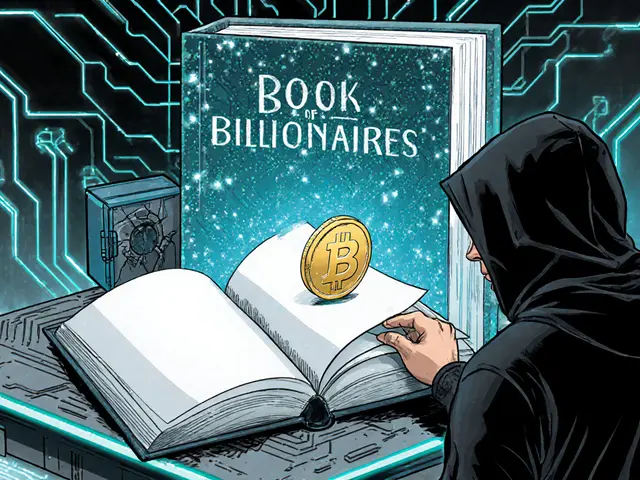
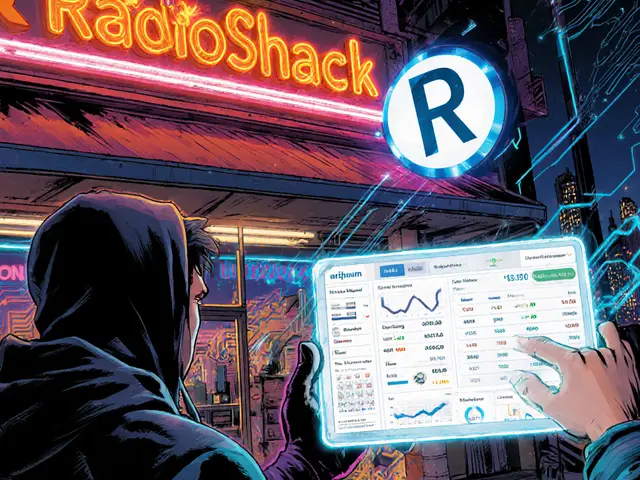

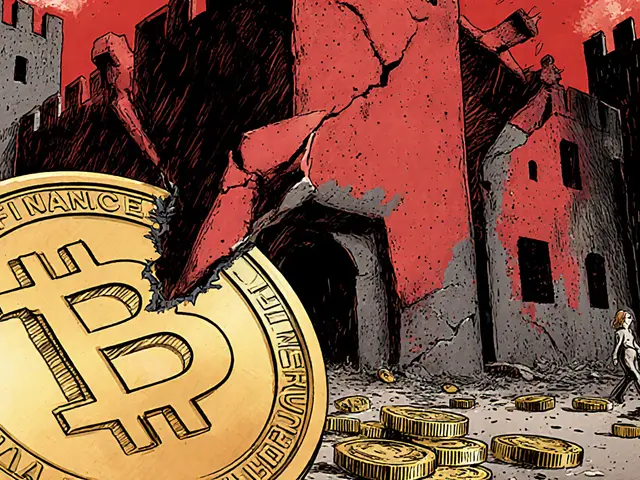
20 Comments
Sophie Sturdevant
February 18 2025Listen up, the BCB's VASP licensing regime is not a suggestion – it’s a hard‑core compliance imperative. You need to embed AML/KYC pipelines that feed real‑time data to COAF, otherwise you’re courting a 20% revenue penalty. Deploy the BCB technical standards for API‑driven transaction monitoring and you’ll be future‑proofing against the forthcoming stablecoin reserve‑backing rules. Think of this as a layered security architecture: licensing, AML, and sandbox testing are your triad of risk mitigation. Get the authorisation, lock down the data feeds, and you’ll be kinetic in the Brazilian crypto market.
Jan B.
February 24 2025The checklist is clear. Secure BCB authorization before any launch. Implement AML/KYC and report to COAF. Follow the technical standards.
MARLIN RIVERA
March 3 2025The post glosses over the brutal reality – non‑compliance means your operation will be shut down and fined heavily. Brazil’s regulators are not playing games; they enforce with an iron fist. If you think you can dodge the reserve‑backing rules for stablecoins you’re delusional. The foreign‑exchange cap will cripple any platform that ignores it.
Debby Haime
March 10 2025Wow, this is exactly the kind of roadmap that makes us want to dive in! The sandbox idea is brilliant – it gives innovators a safe space to test without fearing immediate penalties. And the emphasis on real‑time AML reporting means users can feel protected every step of the way. Let’s keep the momentum and push those compliance checklists over the finish line. Brazil is shaping up to be a crypto‑friendly powerhouse.
emmanuel omari
March 17 2025Everyone forgets that Brazil has the most robust financial system in Latin America, and our regulatory framework reflects that strength. The BCB’s authority is unparalleled, and you’ll find no excuse for lax oversight when the central bank demands full transparency. Stablecoins dominate the market because we have the discipline to back every token 100%. Any outsider must respect the sovereignty of our financial laws.
Andy Cox
March 24 2025Looks like Brazil’s crypto scene is blending tech with culture, which is pretty cool. The sandbox vibe feels like a lab where artists and engineers can jam together. It’s nice to see regulations that actually try to understand the ecosystem rather than just crush it.
Courtney Winq-Microblading
March 31 2025When we contemplate the interplay of law and decentralized finance, we’re really peering into the soul of modern economics. The Brazilian framework asks us to reconcile sovereignty with the borderless nature of digital assets, a philosophical tension that mirrors the age‑old debate between liberty and order. In this dance, the sandbox becomes a rehearsal stage, a liminal space where creators can test the limits of freedom under watchful eyes.
katie littlewood
April 7 2025Embarking on the Brazilian crypto journey feels like preparing for an epic quest, complete with dragons to slay and treasures to claim. First, you must secure that coveted BCB authorization, the golden key that unlocks the gates of legitimacy. Next, you’ll weave an intricate AML/KYC tapestry, each thread representing a diligent check against the ever‑watchful COAF. Imagine the data streams flowing like rivers, each transaction logged with the precision of a Swiss watch, feeding real‑time analytics that keep the kingdom safe. The regulatory sandbox is your training arena, where you can test daring innovations without the fear of immediate exile. Stablecoins, the shining knights of the market, now march under strict reserve‑backing edicts, demanding 100% collateral, a testament to fiscal prudence. The foreign‑exchange ceiling of $10,000 may appear as a modest moat, but it protects the realm from chaotic floodwaters of unchecked capital flow. Compliance isn’t just a checklist; it’s a living, breathing organism that evolves with each new policy, each consultation, each public comment. Keep your eyes on the horizon, where the Drex platform pilot glimmers, hinting at tokenized banking futures. Remember, every report you file with COAF adds another brick to the fortress of consumer trust. As you navigate this landscape, think of yourself as both explorer and steward, pioneering new pathways while safeguarding the citizens who rely on your platform. Ultimately, the goal isn’t merely to survive the regulatory gauntlet but to thrive within it, turning compliance into a competitive advantage that propels you ahead of rivals. So strap your boots, sharpen your swords, and march forward with confidence, knowing that each step you take is guided by a clear map drawn by Brazil’s diligent regulators. The treasure awaits at the end of this meticulously charted expedition.
Jenae Lawler
April 14 2025It is, admittedly, a most curious development that Brazil, a nation whose fiscal policies have oft been critiqued for their opacity, now espouses a regulatory regime that, while ostensibly comprehensive, appears to be a mere veneer for governmental control. One must question whether the proclaimed consumer‑protection mechanisms transcend the rhetoric and truly empower the end‑user, or merely serve as a conduit for state surveillance. Moreover, the impending stable‑coin reserve mandates, though commendably prudent, risk stifling innovation under the weight of excessive compliance burdens.
Chad Fraser
April 20 2025Whoa, love the deep dive! The stablecoin rules might feel strict, but think of the confidence they’ll inspire for merchants and everyday users. And those $10K FX caps? Just another puzzle to solve-partner up with a licensed forex firm and you’ll breeze right through. Keep the energy up, folks, Brazil’s market is ripe for growth and innovation!
Jayne McCann
April 27 2025Regulation is just another roadblock.
Mark Camden
May 4 2025It is incumbent upon every market participant to adhere to the highest standards of moral and legal conduct. The Brazilian framework, with its layered oversight, represents a collective covenant designed to protect the innocent and deter the unscrupulous. To flout these regulations is to betray not only the law but the very trust upon which financial ecosystems are built. Therefore, I implore each operator to internalize these mandates as a solemn duty, lest they become agents of chaos rather than custodians of order.
Evie View
May 11 2025Your lofty moralizing falls flat when the cold hard truth is that many will simply ignore the rules if they think they can get away with it. The penalty structures are insufficient to deter the big players who wield enough capital to absorb fines. This creates a two‑tiered system where the small compliant firms suffer while the reckless thrive.
Sidharth Praveen
May 18 2025Great overview! The checklist approach makes it easy to track progress, and the sandbox concept truly encourages innovation while keeping users safe. Keeping an eye on the upcoming stablecoin rules will ensure we stay ahead of the curve.
Nathan Blades
May 25 2025Indeed, the upcoming stablecoin rulebook will be a game‑changer. Think of it as a stage where only the most disciplined performers get to shine. By integrating rigorous reserve‑backing protocols now, you’ll avoid a sudden scramble later. It’s not just compliance; it’s strategic positioning for long‑term dominance in the market.
Somesh Nikam
June 1 2025Hey team! This guide is spot on – the BCB licensing is the doorway, AML/KYC the security guard, and the sandbox the rehearsal space. 🌟 Make sure you keep your documentation tidy and stay proactive with COAF reports. You’ve got this! 😊
Richard Herman
June 7 2025I appreciate the balanced tone here. While the regulations are stringent, they also provide a clear pathway for responsible growth. Collaboration between regulators and innovators will be key to building a resilient ecosystem.
Parker Dixon
June 14 2025Absolutely! 👏 When everyone plays by the same rules, trust blossoms, and the market thrives. Let’s keep the dialogue open and help each other navigate the compliance maze. 🌐💡
Stefano Benny
June 21 2025While the BCB touts its comprehensive framework, one could argue that the layers of AML/KYC, COAF reporting, and stablecoin reserves create a compliance labyrinth that may deter genuine innovators. The sandbox, though well‑intentioned, could become a bottleneck if entry criteria tighten further.
Bobby Ferew
June 28 2025Oh sure, let’s just add another “sandbox” and hope the red tape magically disappears. Meanwhile, the average startup is left juggling paperwork while the big players keep marching ahead.